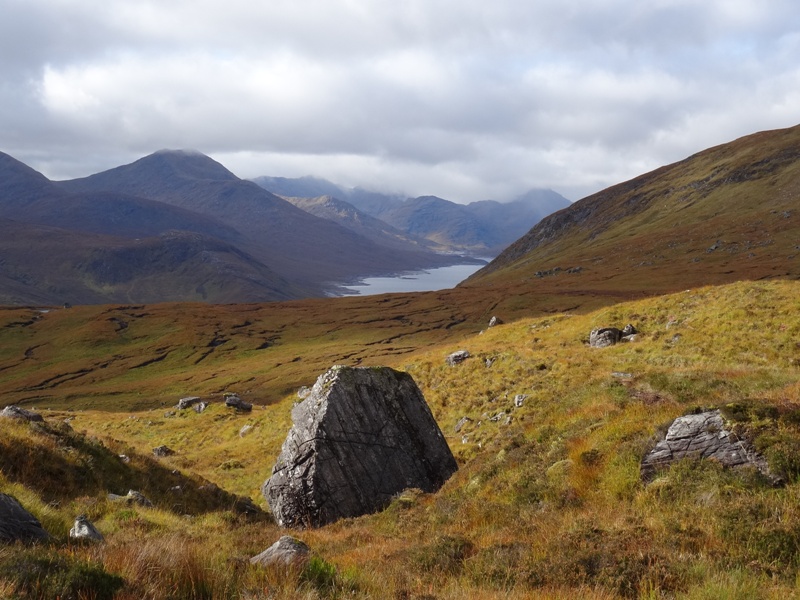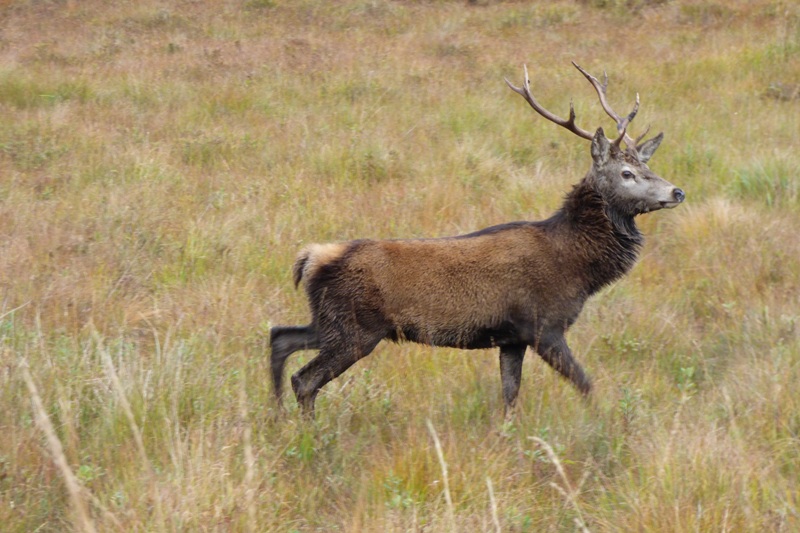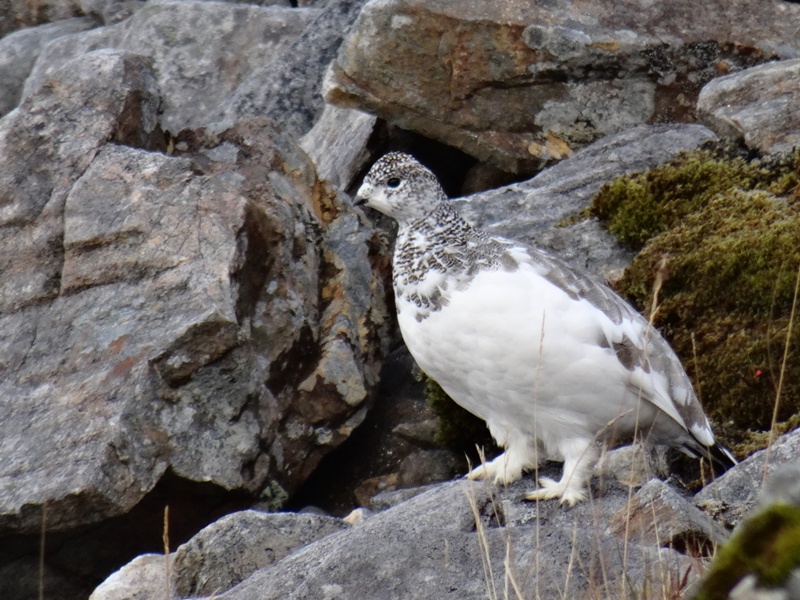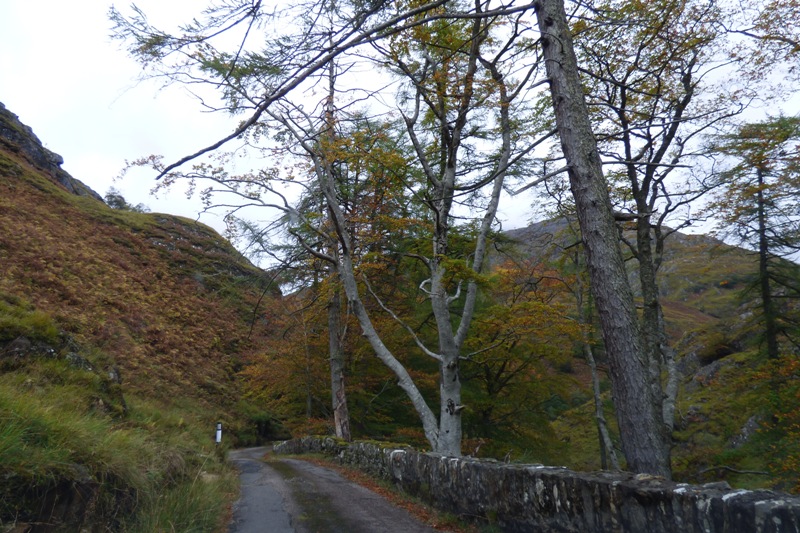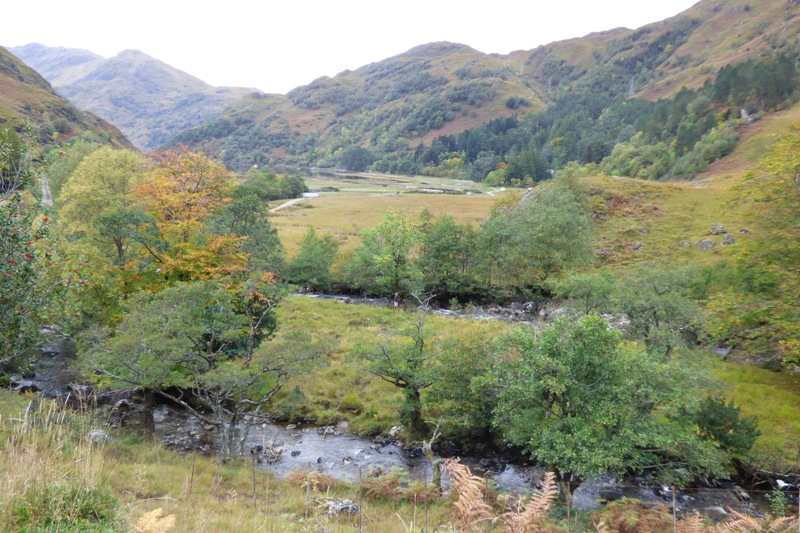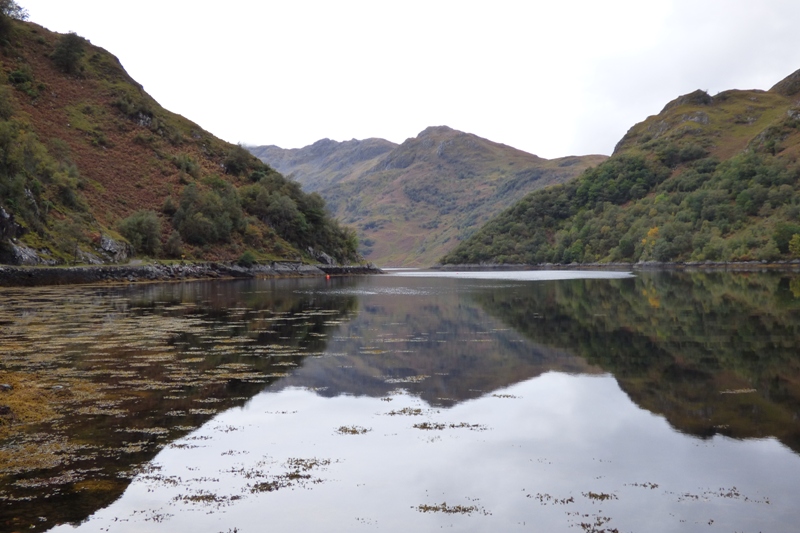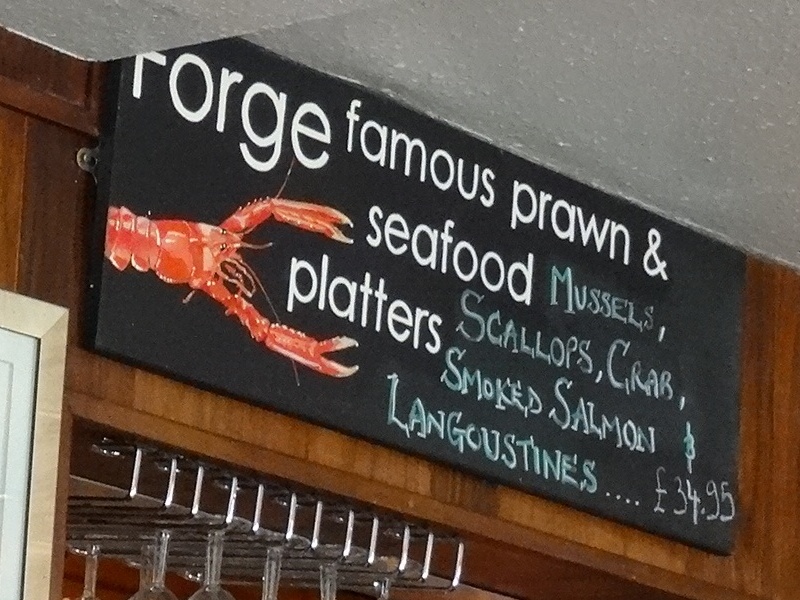Scotland Travel Blog December 2020
“On the road to Kinlochourn”
Have you ever passed a side road and thought “I wonder if that goes somewhere good?”.
We are curious sorts and love to take unplanned detours to see where they take us. It's one of the reasons why we set up Secret Scotland.
Of course, not all side roads are worth exploring, but some of them reveal hidden treasures that are well and truly “off the beaten track”.
The single track road to Kinlochourn is a perfect example. Not only does it explore some wonderful scenery, but it is also the longest dead-end road in Scotland.
So why would you go to Kinlochourn?
Well, it’s not a place we’d suggest you go unless you have been to Scotland a few times and feel that you want to discover somewhere that’s a wilderness.
If you only have a week in Scotland there are better ways to use your time. But it is a great place to head if you want mountains, wildlife, and a complete escape from the “rat race”.
Looking at a map, you might be intrigued why they built 22 miles of road through a virtually uninhabited landscape to get to a remote sea loch. And, when you get to the end of the tarmac, there isn’t much to explain why there was a need for this road link. But 200 years ago there were such vast quantities of herring being caught in Loch Hourn that it merited a land link to the rest of the world.
Fishery Board records from 1882 state that Loch Hourn herring stocks supported 780 fishing boats, 80 curing ships, and a fleet of 10 steamers to ferry the fish to markets. It was seasonal work but it created thousands of jobs and the shores of Loch Hourn must once have thronged with a crowd of migrant workers following the fishing fleet.
So Kinlochourn got a road link in 1812 thanks to the famous engineer Thomas Telford, who was also responsible for the Caledonian Canal. The road you drive today does deviate in places from Telford’s original route as 2 large hydroelectric schemes were built in the 1960s at Loch Garry and Loch Quoich and these submerged sections of the old road.
When Loch Quoich was dammed the water level rose by an impressive 100 feet but this flooded the more fertile farmland of the glen. It also engulfed the luxurious Victorian hunting lodge at Glen Quoich. You can tell when you are near the site of the sunken lodge as the slopes beside the road are populated with a dense growth of rhododendrons that spread from the house’s gardens.
We were particularly aware of the forest of Rhododendrons as we had to clamber through them at the start of our hike to Spidean Mialach. Ascending this Munro was the main reason for our most recent trip to this area. We’re slowly bagging Munroes and, in theory, we could tick off Spidean Mialach and Gleouraich in one day.
I say “in theory” because we gave up on Gleouraich after losing too much time trying to pick our way along a vague path that frequently disappeared into boggy puddles. We also wanted to see if we could get to the tearoom at Kinlochourn before closing time and the lure of coffee and cake was greater than bagging a second summit.
The summit of Spidean Mialach is worth the effort of the climb for the views (Ben Nevis is visible on a clear day) and the curious rock formations that you pass on the ridge that runs west from the summit. Stratified layers of rocks have been folded upwards so they project at steep angles from the ground and look like piles of books left in random bundles on the ground.
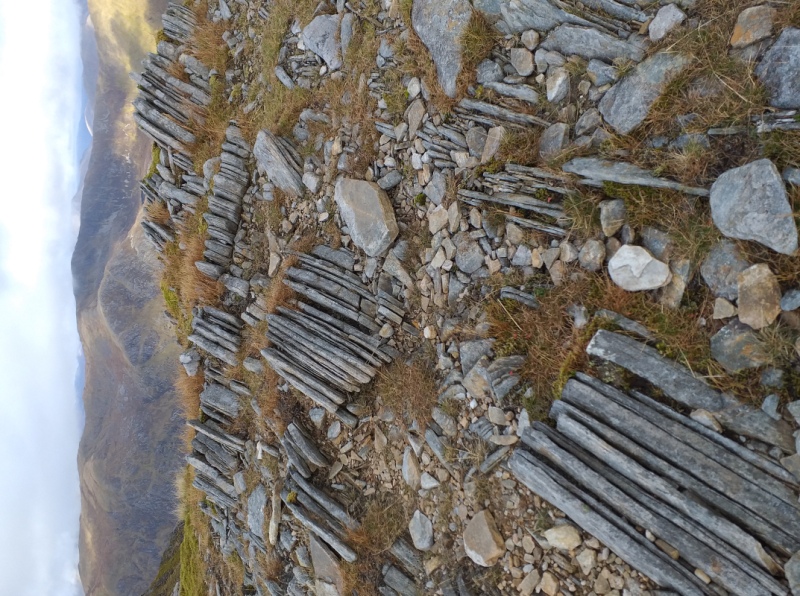
We did this climb in late October when the Stag shooting season had just ended. It seemed like the Stags knew this as they were blase about our presence and confidently strutted their stuff just a few metres from us.
Adopting a far more cautious approach were the Rock Ptarmigan on Spidean Mialach. We were virtually standing on top of them before we saw what looked like a rock moving and then realised it was actually a couple of birds anxiously searching for cover amongst the scree. Their emerging winter plumage of grey and white feathers giving them excellent camouflage against the light grey stones.
Leaving the slopes of Spidean behind, you head west along the shores of Loch Quoich into a landscape with no signs of human habitation other than a few isolated ruined cottages. Then, as you near the end of the road, the tarmac surface starts to deteriorate and there is a steady and twisting descent through a narrow gorge that squeezes past an attractive series of waterfalls on the Lochourn River.
Finally you arrive at Lochournhead where the tarmac runs out as you arrive at the shores of Loch Beag (Beag is Gaelic for “small”). The landscape has a distinctly fjord-like topography with wooded hillsides rising steeply from the shoreline of a long narrow sea loch.
When you run out of road your options are to pull on your hiking boots and head into the wilderness of Knoydart, or turn your car around and head back. Actually, that’s not entirely true for there is now a very nice tearoom and upmarket B&B located at the end of the road. Unfortunately, we arrived too late to get the coffee and cake that kept us motivated as we trudged up Spidean Mialach.
But we will be back again because we’d like to tackle the hike from Kinlochourn to the Old Forge Inn at Inverie (Scotland’s remotest pub) where they serve some very tasty Prawns.

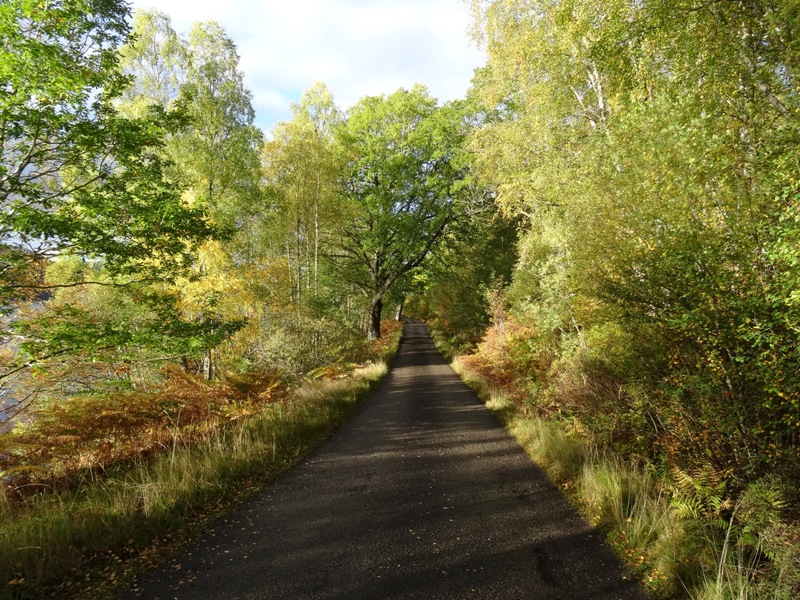
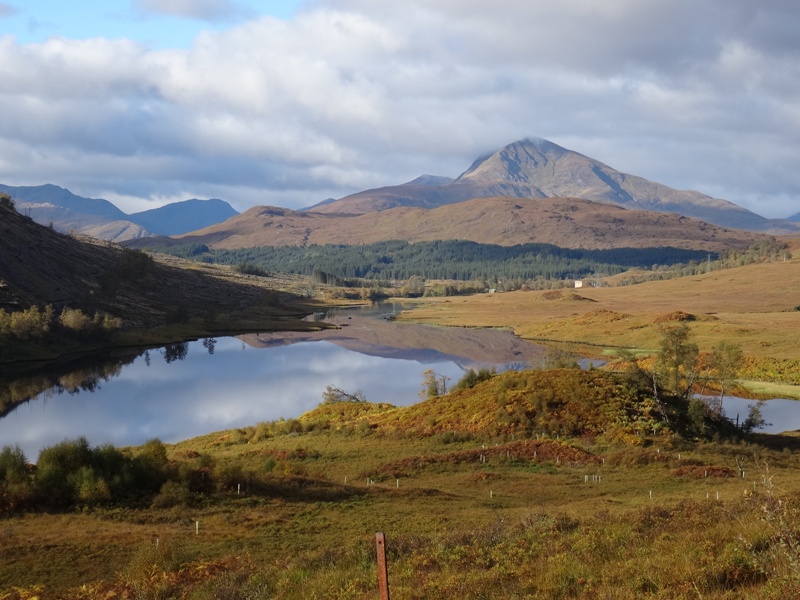
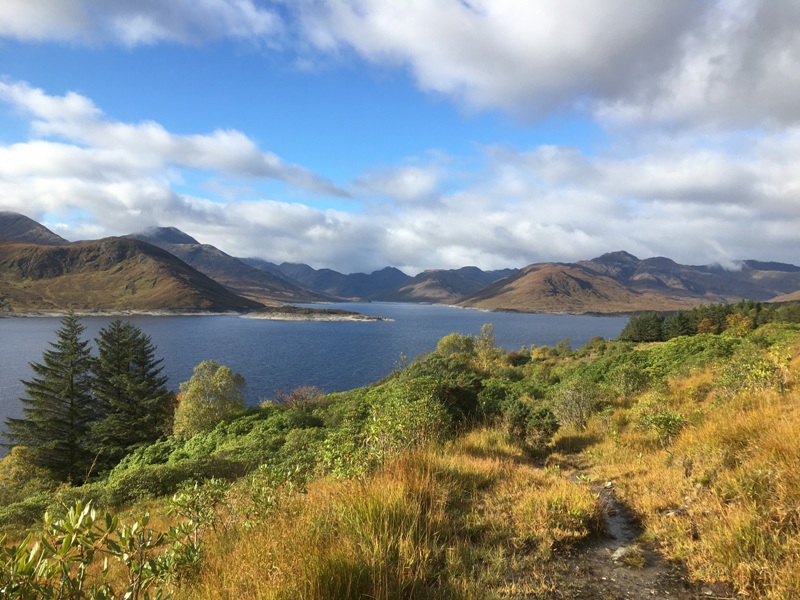
.JPG)
